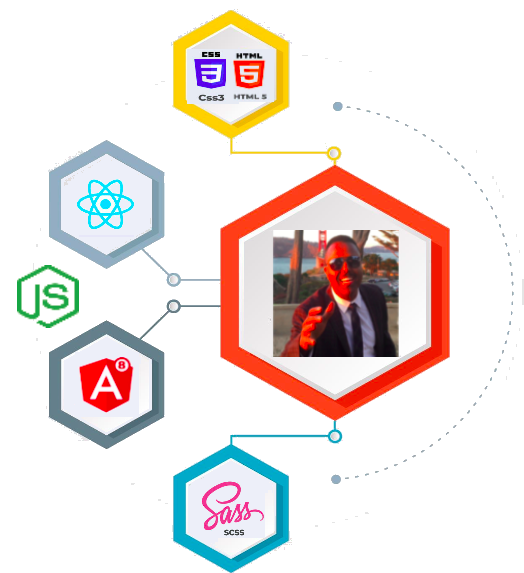
- Software Engineer Product:

- Software Engineer Product
- Data Structures and Algorithms
- Time complexity (Big O)
- Virtual Tech Interview
- The 7 Interview Stages
- Mastering Top 10 JS Algorithms
- Software Debugging
- So What is a Tech Stack?
- Frontend tech stack
- Backend tech stack
- How to choose/build a tech stack
- So What is git ?
- Git vs GitHub
- Build React App With Java Backend
- Connecting React-Frontend and NodeJS/Express Backend Applications


Data Structures and Algorithms (DSAs)

Data structures and algorithms are key concepts in computer science that give programs their functionality and efficiency. A data structure is a particular way of organizing data in a computer so that it can be used effectively. An algorithm is a set of step-by-step procedures, or a formula, for performing a specific task.

Data Structures
Common data structures include: - Arrays: A collection of elements identified by array index. - Linked Lists: A linear collection of data elements whose order is not given by their physical placement in memory. - Stacks: A LIFO (last in, first out) abstract data type and data structure. - Queues: A FIFO (first in, first out) abstract data type and data structure. - Trees: A widely used abstract data type (ADT) that simulates a hierarchica tree structure. - Graphs: An abstract data type that is meant to implement the undirected graph and directed graph concepts from mathematics. - Hash Tables: A data structure that implements an associative array abstract data type, a structure that can map keys to values.Algorithms
Categorized based on their characteristics: - Recursion or Iteration - Deterministic or Non-deterministic - Divide and Conquer - Greedy - Dynamic Programming Some common types of algorithms include: - Search algorithms like linear search or binary search. - Sort algorithms like quicksort, mergesort, heapsort, bubble sort, etc. - Graph algorithms like Dijkstra's shortest path algorithm, Kruskal's minimum spanning tree, etc. Understanding data structures and algorithms and knowing when to use which one is crucial to designing efficient software. They determine how data is organized, how we can manipulate that data, and the performance of these operations.Example: Implementing a Stack in JavaScript
class Stack { constructor() { this.items = []; } push(item) { this.items.push(item); } pop() { if (this.items.length == 0) return "Underflow"; return this.items.pop(); } peek() { return this.items[this.items.length - 1]; } isEmpty() { return this.items.length == 0; } }

 Printer Friendly Version
Printer Friendly Version